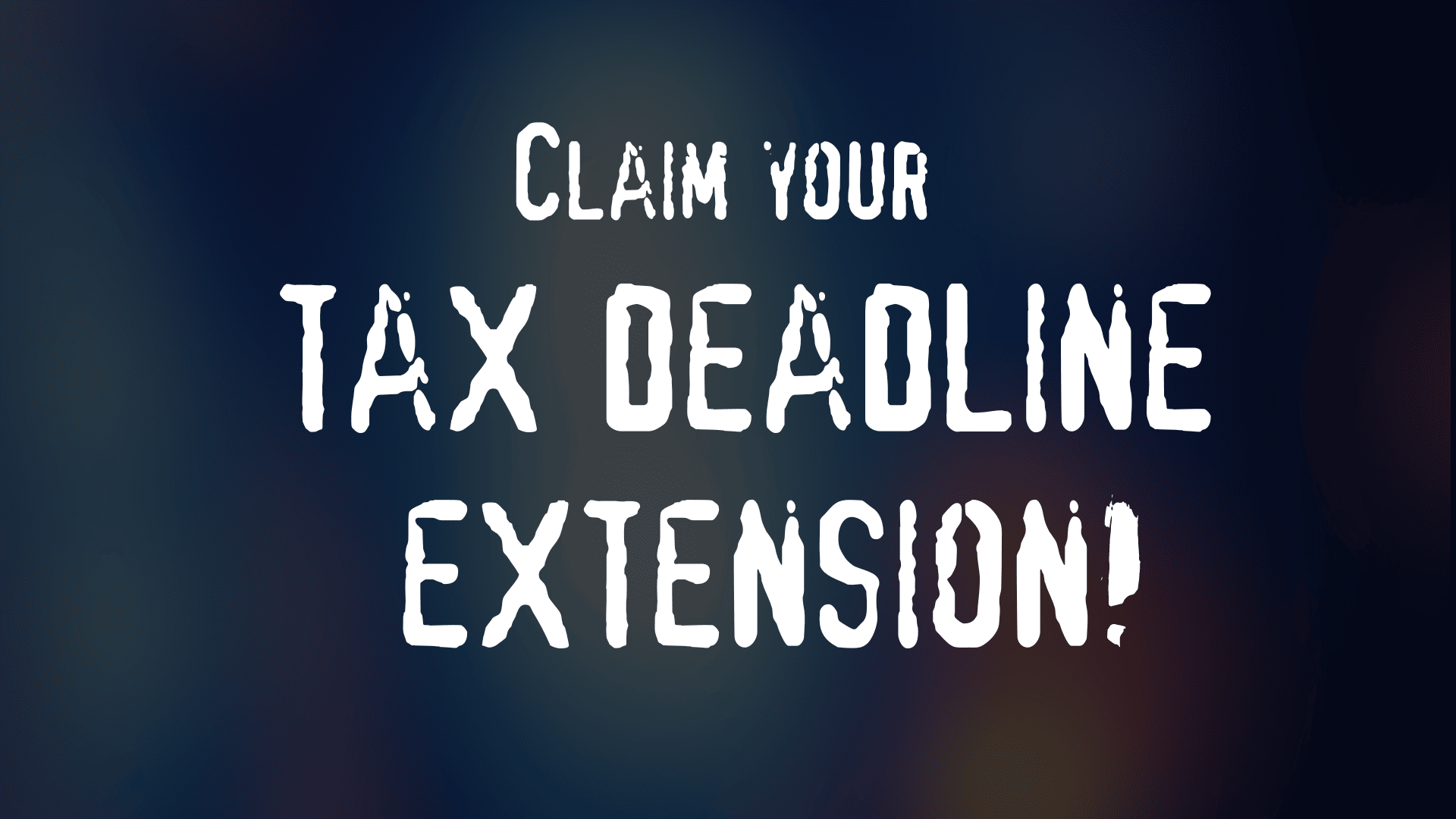The switch from being employed to becoming your own boss comes with a whole set of financial challenges that you’ve probably never had to deal with before. Suddenly all that tax and ACC stuff isn’t being done by your employer for you anymore. You have to do it yourself. Plus there’s the whole new world of pricing your services, providing quotes, and sending invoices. And then there is the question of whether you are eligible to pay GST?
Afirmo’s Learning Hub is packed full of useful articles that will prepare the way for a successful financial life for you as a freelancer. To make it easier to find the info you need, here is an overview of the main tasks.
Setting up a business bank account
Right from the get-go it’s helpful to separate your personal money from your business finances. That means a separate bank account for receiving business income and paying business expenses. While having a separate account isn’t required by law if you’re a sole trader or freelancer, it makes accounting a whole lot easier. If you’ve chosen to begin self-employment as a limited company, a separate business bank account is required by law.
Talk to your banking provider about setting up an account purely for your work. They’ll make a recommendation based on whether you’re a sole trader/freelancer or limited company. You can also set up a debit or credit card that’s linked to the account, for paying business expenses.
Costing your services
Working out how to price your services requires research and careful thought. Unless you’re a very rare specialist, the internet is full of people who do what you do. See if you can find out how much other freelancers charge who are working in your location and industry. Usually, work is costed on a per hour basis, and that hourly rate is used to work out estimates for a total project. If you’re a writer, a per-word rate is also common.
It’s highly likely you’ll need to charge more per hour than you were paid as an employee, because you need a rate that allows for slow periods. For more about developing a costing structure, check out Afirmo’s article about how to price your freelance services.
Providing estimates or quotes
Part of establishing your reputation as a reliable freelancer is providing clients with an estimate or quote before work starts. Very few customers will be prepared to just accept your hourly rate and let you forge ahead without a clear view of the eventual total cost. For large projects you might need to break work into stages and quote each stage separately as you progress through the project. But your client will still need at least a ballpark figure for the entire cost, so that they can allow enough budget.
An estimate is generally presumed to be within 15% of the final cost. A quote is a fixed price that can only be revised if the project scope changes. If you want to generate your quotes easily, check out Afirmo’s Quoting Tool.
Sending invoices
Preparing and sending invoices promptly will become a routine part of your new life as a freelancer. Without invoicing there is no income. It’s best practice to establish your own payment terms, i.e. billing on 20th of the month for payment before 20th of the following month. Alternatively you can ask clients what their preferred payment terms are.
It’s ideal if you can use an online invoicing system that’s linked to your financial bookkeeping, rather than whizzing up an invoice in Microsoft Word. Afirmo’s Sales Invoicing Tool ticks all the boxes for you – from being tax compliant to ensuring your invoicing is professional, and that you get paid on time. For more on invoicing check out How to Invoice like a Pro.
Collecting and paying GST
Whether you need to register for GST or not will be determined byhow much you earn. The threshold is $60,000 a year, so if you earn more than $60k a year as a freelancer you do need to register for GST. If you don’t earn more than $60k, GST registration is optional.
Part of the GST registration process means choosing whether you’ll file GST returns every two months or every six months. Once your registration is complete and you have a GST number, 15% GST needs to be added to every invoice you produce. For more on GST check out What is GST? You can also check out our handy GST calculator here.
Paying income tax
In your former life, as an employee, income tax (PAYE) was deducted from your salary or wages by your employer, i.e. nothing for you to do. As a freelancer, paying your fair share of tax is your responsibility. There are two ways this can happen:
- You can pay tax in one hit after you file your end-of-year return with Inland Revenue. This option only applies if you owe less than $5,000 in tax.
- You pay provisional tax in three installments, based on your previous year’s earnings.
During your first year of freelancing you don’t have to pay tax as you go. Instead tax will be due once you file your first tax return as a self-employed person. For more check out Income Tax for Self Employed New Zealanders . To make your tax obligations seamless, check out Afirmo’s Tax Tool.
Paying ACC levies
Paying ACC levies is not optional, it’s compulsory. As a freelancer or small business owner, you need to pay for ACC cover based on the sort of work you do and your business classification unit. There are two types of cover to choose from – CoverPlus or CoverPlus Extra.
- CoverPlus is the default option you’ll automatically get if you don’t request CoverPlusExtra. If you have an accident and can’t work, this cover pays compensation at up to 80% of your taxable income. It also subsidises treatments related to injuries, such as physio or chiropractor appointments.
- CoverPlusExtra lets you choose how much of your income you want to be compensated for if you have an accident and can’t work. It’s a way to reduce how much you pay in ACC levies each year.
For comprehensive information about working for yourself, check out Afirmo’s ultimate guide to becoming a freelancer.




